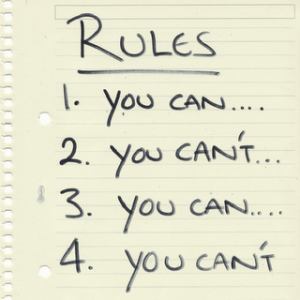 François-Xavier Préaut, June 24, 2016
François-Xavier Préaut, June 24, 2016eMarketer: How are native ads defined by the advertisers you work with? Do they have a clear understanding of what native advertising is?
François-Xavier Préaut: I don’t think so. Native advertising has become a kind of buzzword that everyone uses without really understanding what it is. Native advertising is in general rather simple: It is a format that is well-integrated and very personalized—a unique format that is suited to the website on which I find myself.
There are two important points to consider. First, in light of this definition, one can say that the entire market is becoming native. A Google, Facebook or Yahoo link is native, which is to say it is unique and well-integrated. So to speak of an advertisement as being native is something of an error.
Second, the most important thing is not whether an ad is native or not, it’s rather ensuring that the internet user will not be disappointed once he has clicked on a native format. Internet users are not stupid. If one pushes uninteresting things to them, they will stop clicking.
That’s why the really big revolution is not really native advertising, it is content marketing, which seeks to engage the internet user in conversation not with a message that is too promotional, too uninteresting, but with value-added content.
eMarketer: How does this relate to more traditional display advertising?
Préaut: What’s interesting is that native was created by people who thought that the decline of display was due to a problem not of content, but of format. They thought that since ads were not being seen, the format was not good. So a whole variety of traditional formats were created.
But even a well-placed ad format with uninteresting content will be ignored. Low-cost display ads are seeing a sharp decline. The problem of display ads is not a problem of format, but of content; if the content is uninteresting the internet user will not look at it anymore.
eMarketer: And this is where ad blocking comes in?
Préaut: Exactly. If the format is too intrusive, internet users will end up blocking ads, which is a huge problem in the advertising world.
eMarketer: How does the content marketing model differ from traditional advertising?
Préaut: Often, native advertising is based on a cost-per-click (CPC) model vs. traditional advertising, which is cost per thousand (CPM). Traditional advertising is “push” advertising, where an impression is billed to an advertiser.
Native content marketing is “pull” advertising, where the internet user himself is engaged and clicks on the link because he is interested and the advertiser is only billed when the internet user has really clicked.
eMarketer: Are most brands you work with directing their native ad spending to desktops and laptop PCs, or is there a substantial shift to mobile?
Préaut: Investments in mobile are still small compared with desktop, though page views and mobile inventory have become roughly equivalent to desktop. Why? I think it’s because until now the ad formats that existed on mobile weren’t well-adapted to the platform at all. Banners on mobile are a disaster.
eMarketer: How do you think native advertising will develop in the long term?
Préaut: In the short term, native advertising is working well. But the reality is that if we reproduce with native formats what we’ve done in display—that’s to say, we use this format to present content that’s uninteresting or poor quality—native advertising will end by collapsing the way display has already collapsed.
– See more at: http://www.emarketer.com/Article/Native-Advertising-Content-Marketing-Revolution/1014130#sthash.VnsgdCM3.dpuf
(68)





